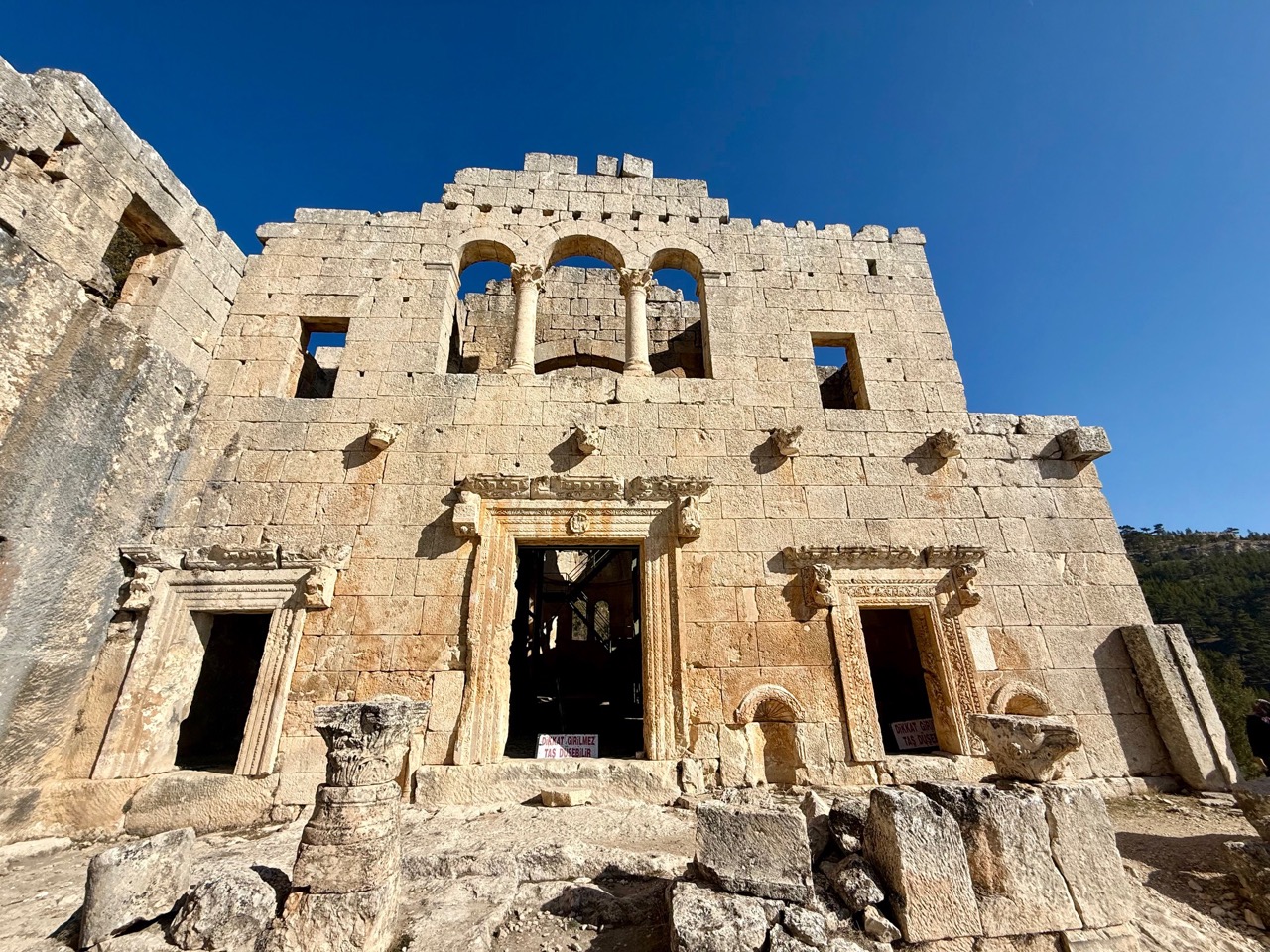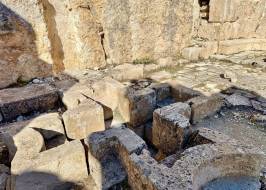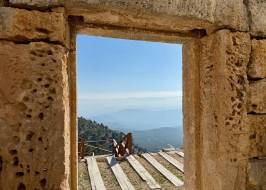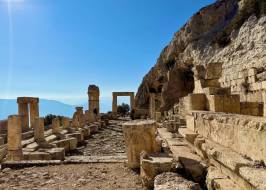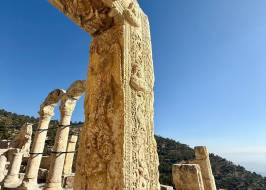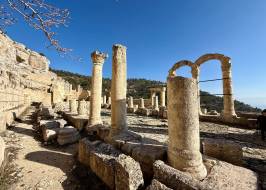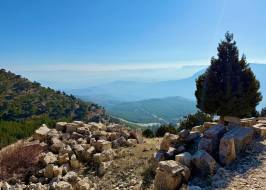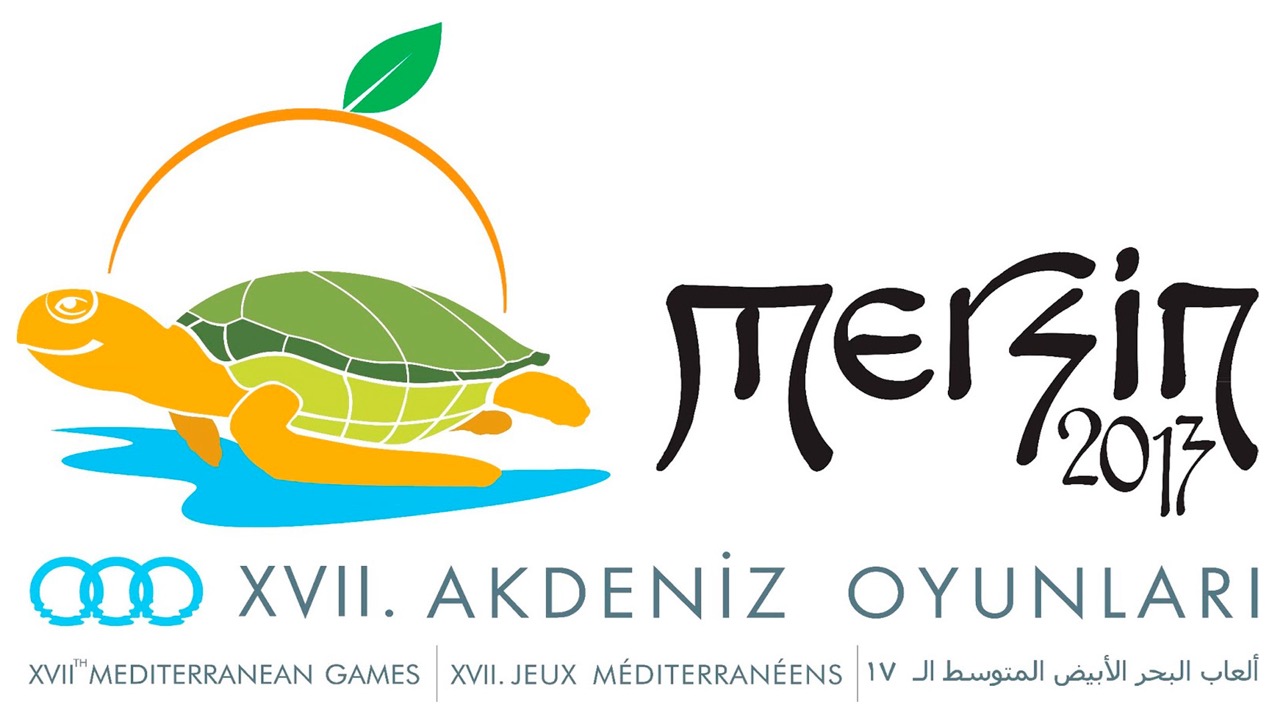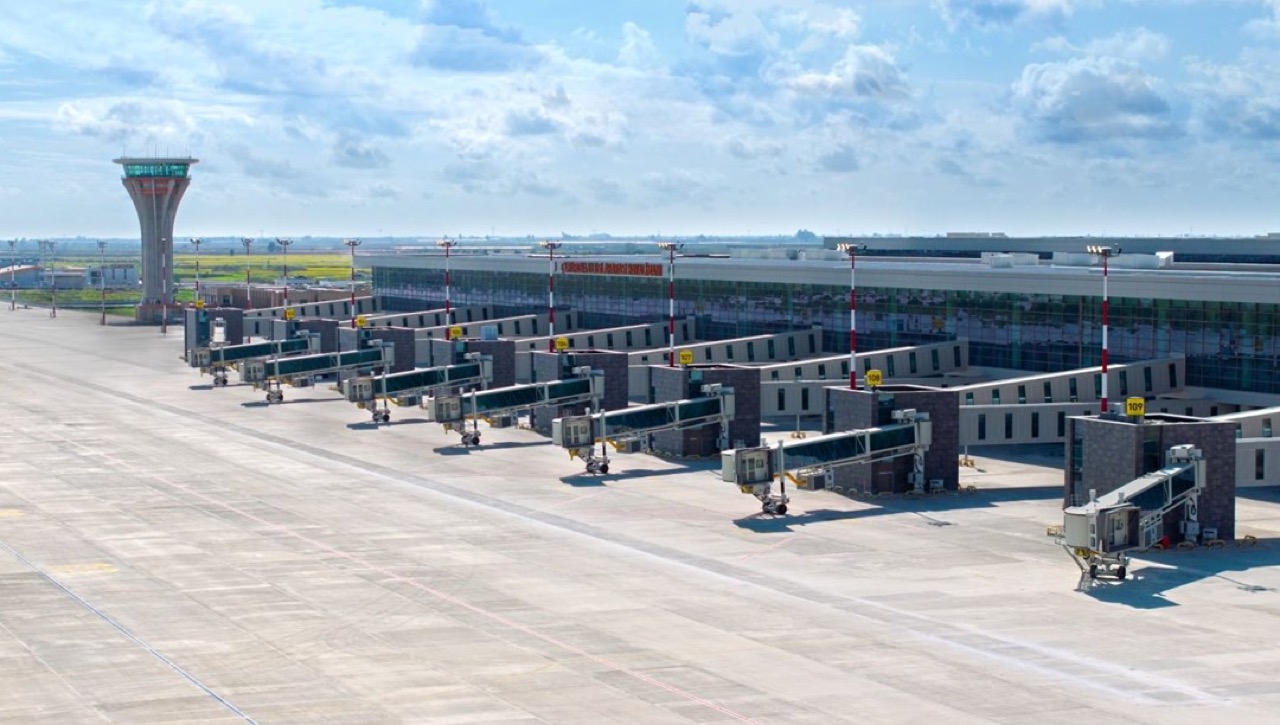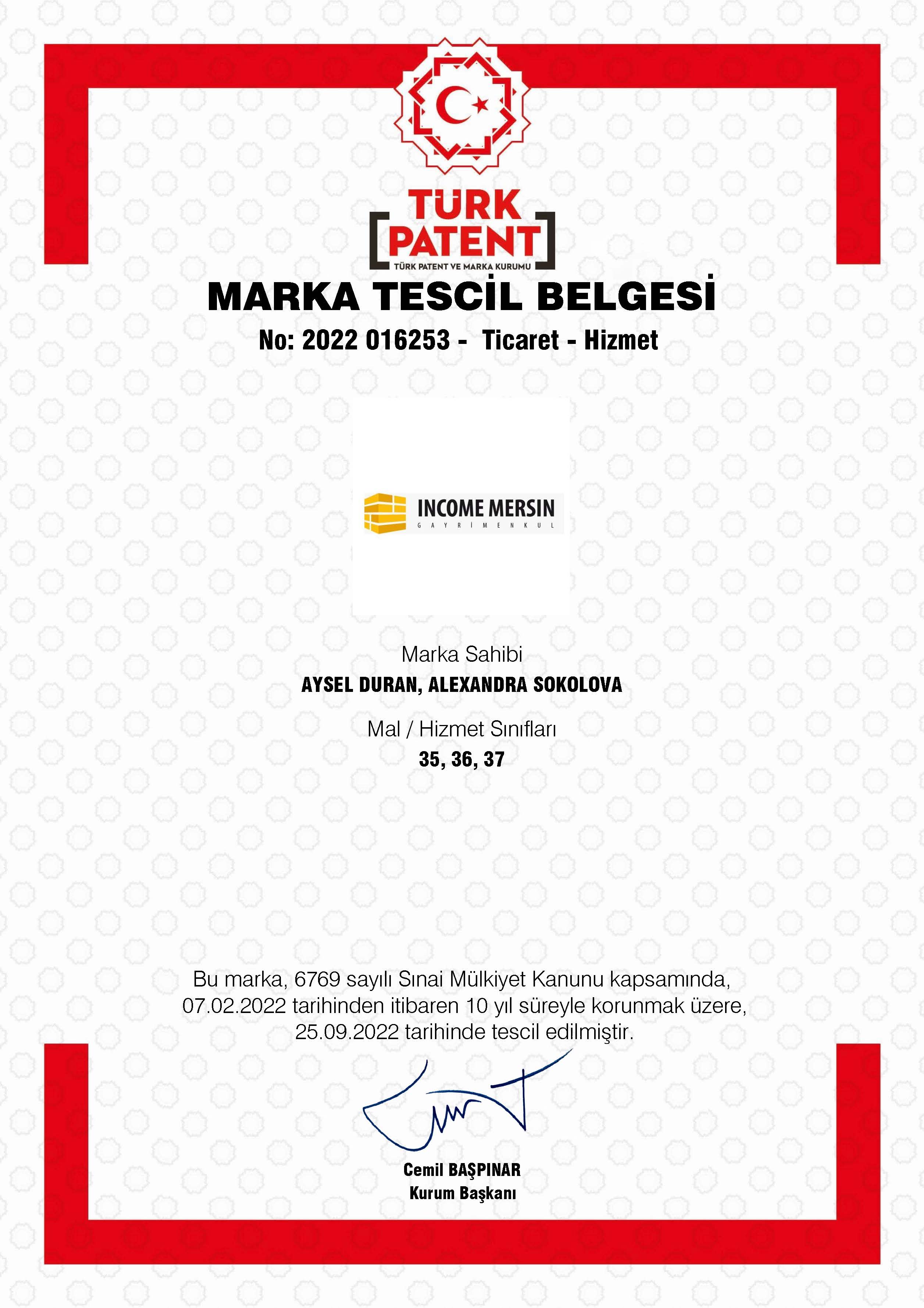The Alakhan Monastery is a complex of buildings of the fifth century, located in the mountains of Isauria, which
was part of the ancient Roman province of Kilicia. Now it is the south of Turkey, the province of Mersin, next to
the city of MUT, the village of Geshchi. About two hours driving from the city of Mersin on a picturesque road.
Although in many sources, Alakhan is called the monastery, this attribution is disputed, and later
scientists consider it a pilgrimage shrine. The complex played a significant role in
the development of early Byzantine architecture, and almost everything that is known about it can be attributed to
the excavations of Michael Gof.
The construction of the monastery Alakhan was carried out for two periods. The first occurred in the middle of
the fifth century under the emperor Leo I, and the second occurred in the last quarter of the fifth century under
the emperor Zeno. The complex includes two churches carved in the rock of the premises,
Baptisteria is such an extension to the church in the form of a separate building intended for
baptism. Such a special room was necessary, since parishioners
were allowed to church only after baptism. Also in Alakhan there were residential premises and
many other premises, such as the front courtyard, necropolis, bathhouse and lower terrace. She
will shake you with her panoramic views of the mountains. There are disputes about the initial
purpose of the monastery, but it nevertheless became a public living space for
monks and those who were looking for pilgrimage, until the seventh century AD, after which it was
abandoned. Having come to power, Emperor Zenon took over construction and probably financed
the project.
The complex is an example of a skillful Isaurian masonry. Do not rush to visit
this place, consider the details. You will open real works of art in stone. Alakhan
is a key place in the history of early Byzantine architecture, half a century before the great
achievements of Justinian in Constantinople.
In the western part of the site there is a large naturally formed cave about 10 m high.
Earlier, there were many large rooms located on three floors, each slightly
more than 2 m high, although now it is almost completely empty. Inside the cave complex is a church
in size about 7.5 by 7.7 m. It is believed that the cave church was the first of the built churches
of the monastery.
The Western Church, which is called the "Church of the Evangelists", is the largest of all
the churches of the monastery, its total size is 36 by 16 m. The church has the form of basilica with
three rows - central nave and two side passages. It was built after
the cave church, but to the eastern church. This is the least preserved of all three churches, and
the first visitors of this place did not identify it as a church, but as a gate to the place. The presence of
two pastophories proves that it was a church, and the jewelry found on its decorated
gates is sent to the evangelism. Be sure to consider this gate carefully.
Excavations in Alakhan found jewelry from sculptural masonry and rich mosaics, which suggests
that the church had rich patronage in its time.
The uneven relief of the mountains meant that most of the slope of the cliff had to be cut during
construction. Even then, the church plan was adapted to the terrain. As a result, it is not
like the perfect orientation of the East/West, which was typical of churches of that time.
The Eastern Church, located on the far east side of the monastery, is best
preserved from all churches. It is significantly smaller than the Western Church, its size is
23 by 15 m. It has a basilic design with a tower imposed on the eastern part of the nave.
It is believed that the roof was most likely made not of stone, since almost nothing was
found among the wreckage during excavations. Most likely, it was made of light wooden
tiles.
This church is less decorated than the other two, because it could only be approached from the inside of
the monastery complex. It contains only small decorations at the entrance.
The colonnade track, originally covered, connects the western and eastern churches. The path also
provided access to other buildings in the complex, such as Baptisteria and residential premises. She
also limited access to the site from the slope of the hill below due to the high retaining wall on
its south side. There is no evidence to suggest the type of roof that
covered the passage.
Double Baptisteria or, more simply, font with two passes, oriented from
east to west, with entrance to the south. The opening of the cross -shaped pool for baptism confirms
that the building was used as a Baptisteria. It is believed that it was built as
the community expanded in Alakhan, since the font located in the cave church probably served
as the original Baptisteria. Inside the font, there is a painting that is not in the Eastern Church,
perhaps because the artists were no longer present when the eastern church was completed.
This suggests that between the construction of each building there was a significant period
of time. There is no sufficient evidence to finally assume what type of roof
the building covers.
As the community grows, residential premises in the cave complex have ceased to be
large enough. Additional residential premises were built between the Western Church and
the Baptisteria with four separate groups of rooms. It was possible to get into these rooms through
the cave complex and colonnade passage.
There are many other premises in the complex. These include the front courtyard located
outside the Eastern Church and north of the colonnade passage; Necropolis west of the front
yard; tombs of the Tarasis of the senior and the youngest, carved in a rock next to the necropolis; a set of
sources that directed water around and under the buildings, as in order for them to remain dry,
and in order to provide the community with a reliable source of water; A bathhouse located far on
East, beyond the Eastern Church; And the lower terrace in the valley, which was used for agriculture
.
The Ottoman traveler Evliya Celebi visited the monastery in 1671–1672, and in his report he
expressed his amazement, and also recommended: "This is what deserves visits."
I join his words, express great admiration and desire to visit this monastery
again. For visitors, the entrance is free. Photos and video is allowed. The flight from the drone
is prohibited, as in all the historical attractions of Turkey.
If you will definitely visit the Alakhan Monastery in Mersin.

